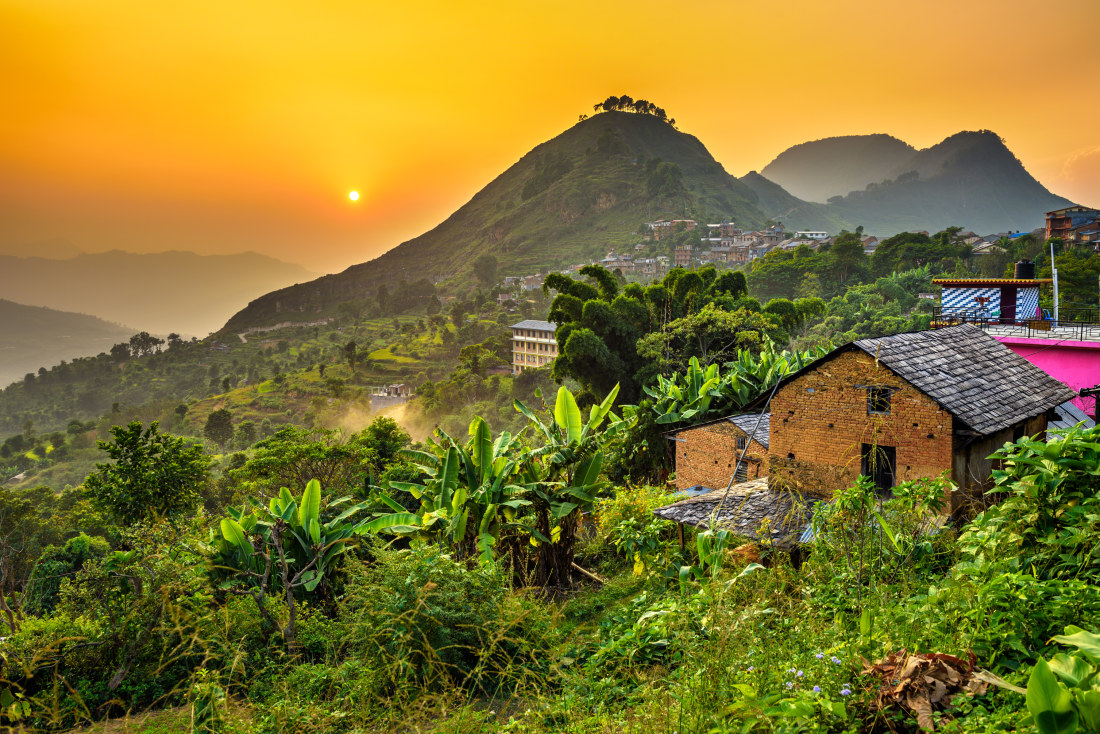First on our “impossibles” list was our much-loved dependant – a gigantic Maremma sheepdog. She’s adorable but weighs in at 43 kilograms and is very protective; we predicted that finding willing pet sitters for six months would be difficult. I called my parents, both in their 70s, and pitched hosting Milka as an exciting opportunity, rather than a favour. “I thought I’d call you first before anyone else could snap her up!”
Mum and Dad immediately guessed our strategy, but eventually agreed to look after her.
Number two on the list? We couldn’t afford to do this. But one benefit of living in one of the world’s 15 most expensive countries, and in a region where the rental market is notoriously competitive (the Byron Bay shire in NSW), is that renting out the house for six months means we can cover our bills and have sufficient funds left over to finance our extended trip. We turned to a real estate agent to avoid having to deal with stressful tenant inquiries while away.
Reason three: We couldn’t take time off work. As a travel writer, this one was largely irrelevant for me, since it makes more sense for me to be on the road and gathering stories than to stay home. My last two books have been about mindful travel, so it was also a chance for me to walk my talk, making the most of a carbon-heavy international flight and allowing space and time to learn from, and give back to, the communities we would visit.
The Jampa Lhakhang Monastery in Lo Manthang, Upper Mustang, a region of Nepal that may be on the itinerary.
It wasn’t so simple for my husband. Pete is the founder and co-director of Natural Order Wine, a growing business that requires constant care and attention. Having said that, COVID-19 has taught many business operators their presence wasn’t necessarily essential to running the show. Pete’s business partners agreed that regular email check-ins and weekly Zoom meetings could suffice. Besides, any traveller knows how conducive a change of location can be to big ideas and expansive thinking.
Fourth on our list was the question of where we would put all our stuff. We decided to leave the house fully furnished, so we wouldn’t have to pay for storage. We have a tiny flatlet in our garden, which doubles as an office – that became temporary storage space for precious things while we absconded.
(We’ve periodically rented our house out on Airbnb over the past few years, so have become used to emptying cupboards and storing valuables quickly. We’ve cleared clutter each time we’ve done that, selling things on Facebook Marketplace or giving them away to friends, a practice that makes life feel lighter and travel all the more possible.)
The fifth and final reason? We would miss our friends and family. That was the easiest and most fun “impossible” to address – by ensuring we spent time with our favourite people before we left Australia. This had a double benefit, as it enabled us to list all the things we really wanted to do before we left – eat at a particular restaurant, go on a particular hike. We tied it all to spending time with friends, and finally left Australia with plenty of memorable moments to tide us over during our six-month sojourn.
Going with the flow
With the list checked off, all that was left to do was to plan our trip…
Except that we didn’t – other than deciding we’d travel in bursts of two to three weeks at a time, with rests in between (an approach suggested by a friend on sabbatical with kids).

The writer and her husband arrive in Patan, Nepal. Nina Karnikowski
Now that we’re away, there’s talk of making our way to the ancient kingdom of Mustang, a bedrock of Tibetan Buddhism deep in Nepal’s barren highlands; of an overland journey to Bhutan to experience life in a carbon-negative country where they measure success not by gross domestic product but by gross national happiness; of a trek in Dolpo, the high-altitude Tibetan region which American writer and naturalist Peter Matthiessen traversed and wrote about in his acclaimed book The Snow Leopard. There’s also the possibility of becoming “monsoon guardians” of my favourite, stacked-stone Sherpa house in Phaplu, in the mid-Himalayas.

Sunset above Bandipur, Nepal. The couple have not planned an itinerary; they are working it out as they go.
Nothing, however, is locked in.
I’d love to say that going with the flow is easy. It is often scary. But that’s good because, as we know, magic usually happens when we’re outside our comfort zones.
So, if there’s one thing I want to invite into my next 40 years, it’s this newfound ability to surrender to the mystery of life and approach it with creativity and joy.
Nina Karnikowski is the author of the new memoir The Mindful Traveller (Affirm Press), and Go Lightly: How to Travel Without Hurting the Planet (Laurence King Publishing).

